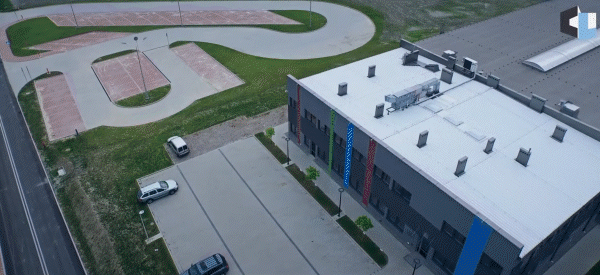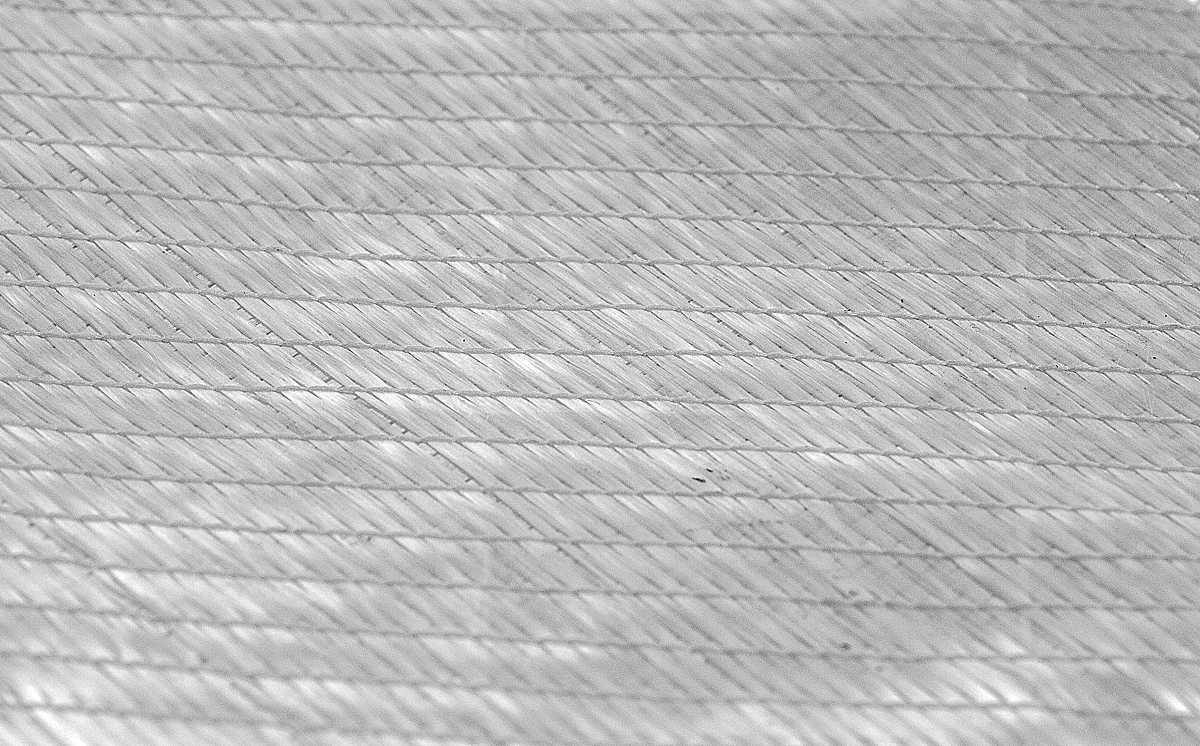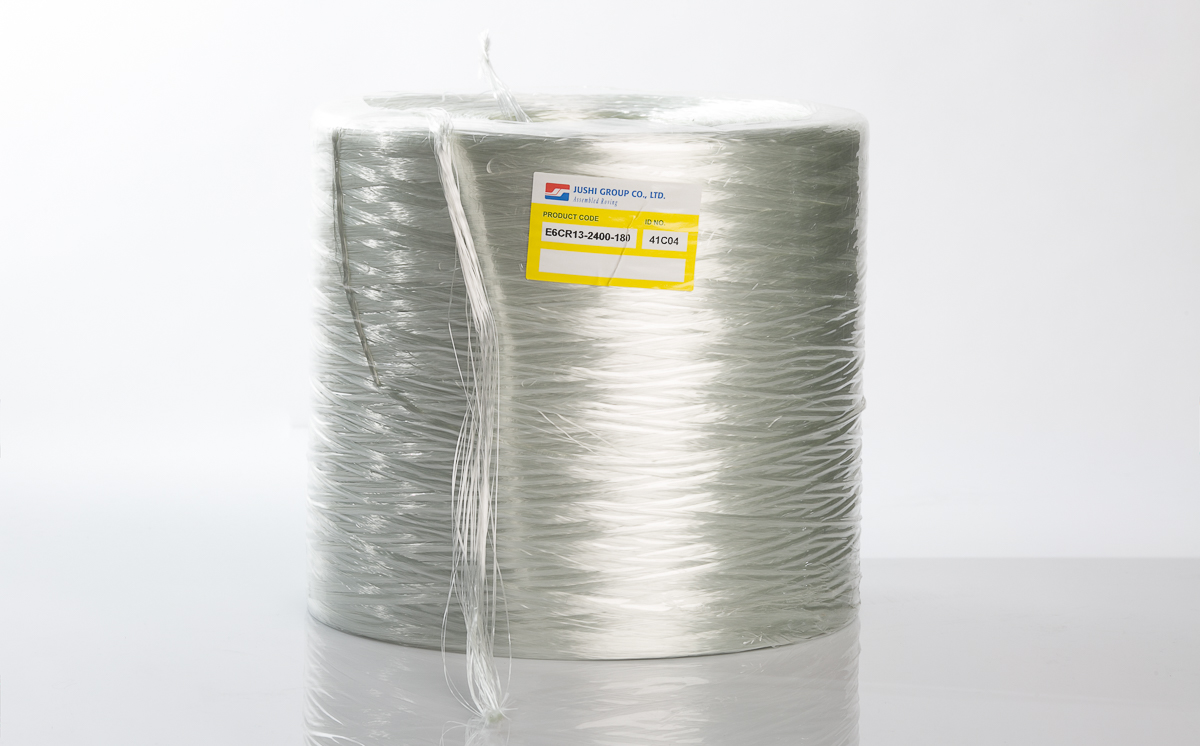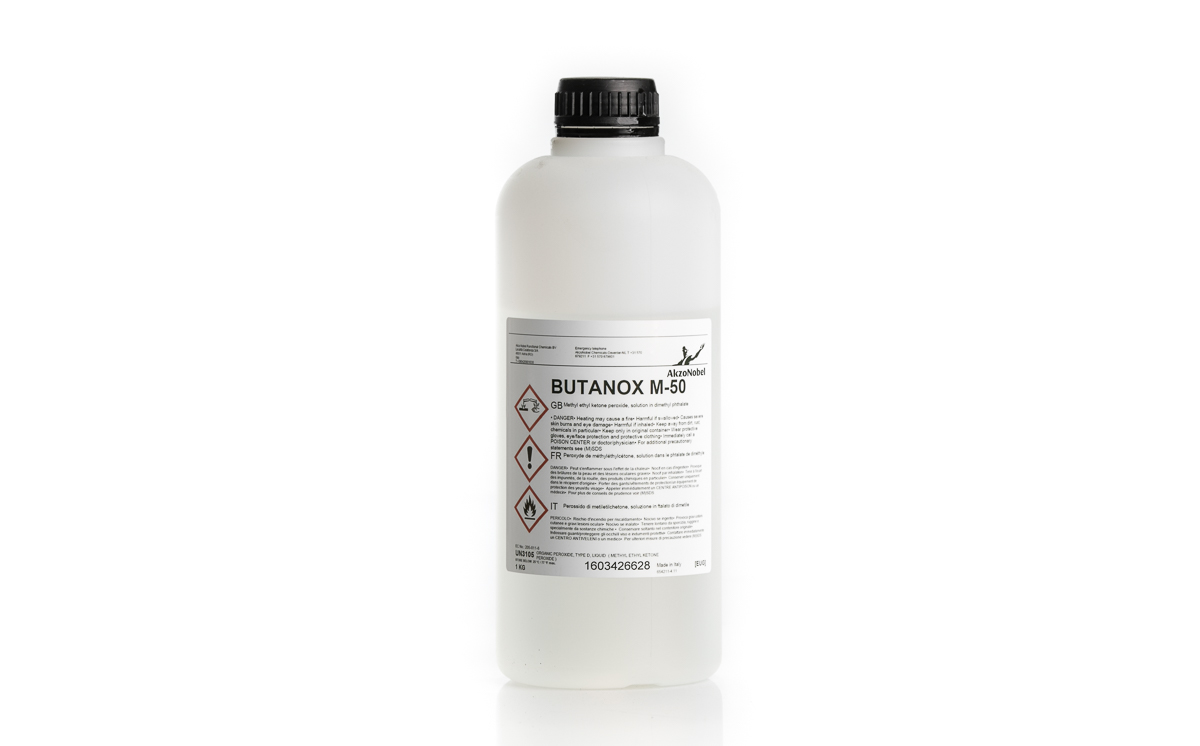
Розширена технологічна підтримка
«Ця система враховує новітні технологічні рішення на основі
найсуворіших екологічних критеріїв».

Ідеальна логістика
Ми забезпечуємо швидку та безпечну доставку придбаного товару, що забезпечить наш розгалужений відділ логістики.

Наявність продукції на складі
Ми пропонуємо нашим клієнтам найякісніші матеріали за вигідними цінами та наявності.

Чудова порада
Ми надаємо професійне обслуговування кожного замовлення та консультацію експертів.
НАША КОМПАНІЯ
Чим ми займаємося
«C-L Sp. Z o.o.» — торгова компанія в Слупську, заснована в 1998 році лідерами хімічної промисловості компанії Connector із Познані та Laminopol зі Слупська. Ідеєю створення групи C-L була можливість спільної взаємної підтримки у напрямках діяльності, зміцнення закупівельної позиції і тим самим отримання конкурентної переваги на ринку.
Ми є лідером у дистрибуції сировини та обладнання для виробництва композитів, серед наших постачальників є компанії, що мають значне становище у світі. Разом ми створюємо систему, метою якої є забезпечення нашим клієнтам оптимальних умов виробництва, а отже, максимізації прибутку та сталого розвитку компанії. Ця система враховує новітні технологічні рішення, засновані на найсуворіших екологічних критеріях, комплексності та безперервності поставок. “
Будь у курсі
Новини
Міжнародний стандарт ISO 9001 – це широко відома і визнана в усьому світі система управління якістю. Сертифікація ISO 9001 є об’єктивним доказом того, що всі процеси в нашій організації орієнтовані на досягнення високої якості. C-L Sp. z o.o. відповідає найвищим галузевим стандартам, що підтверджується постійною сертифікацією DNV за стандартом ISO 9001!
Ми раді повідомити, що компанія C-L Sp. z o. o. розпочала співпрацю з Leafield Marine
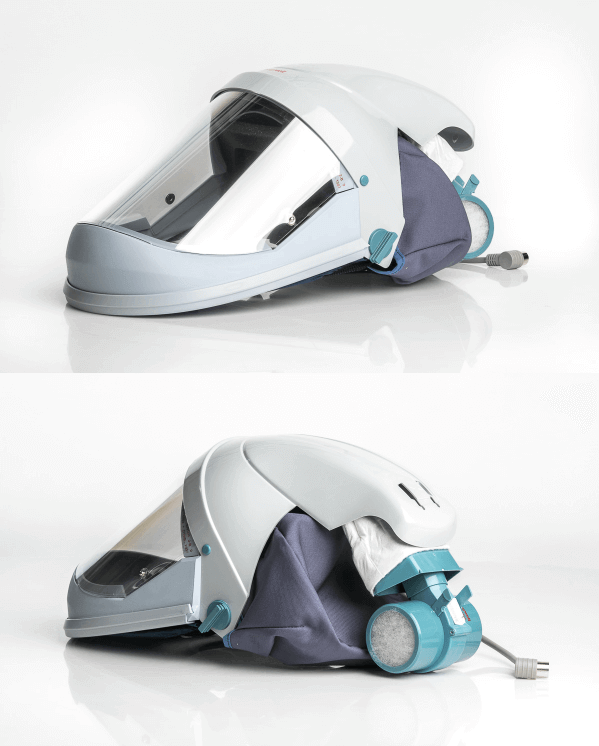
Останні одиниці
Маска Turbovisor MV
Запрошуємо придбати останні маски TURBOVISOR MV. Ця маска є пристроєм, який очищає повітря та захищає голову та дихальні шляхи. В комплект входить 8-годинна батарея, затискач для ременя. Пристрій працює з вугільним електростатичним фільтром. Конструкція пристрою оснащена полікарбонатним козирком (EN166 39-B), що захищає від впливу вільних твердих частинок.
Перевірте товар«Ми постійно розвиваємося
C-L в цифрах “
Років на ринку
Пропоновані продукти
Гуртові склади в Польщі
Час виконання замовлення
ПЕРЕВІРЕНІ ВИРОБНИКИ
Ми працюємо з найкращими
Ми є дистриб’ютором сировини та обладнання для виробництва різних видів композитів. Завдяки багаторічному досвіду та співпраці з авторитетними та перевіреними виробниками ми можемо запропонувати нашим клієнтам матеріали найвищої якості за вигідними цінами. Ми забезпечуємо професійне обслуговування кожного замовлення, експертну консультацію та швидку доставку придбаного товару.



